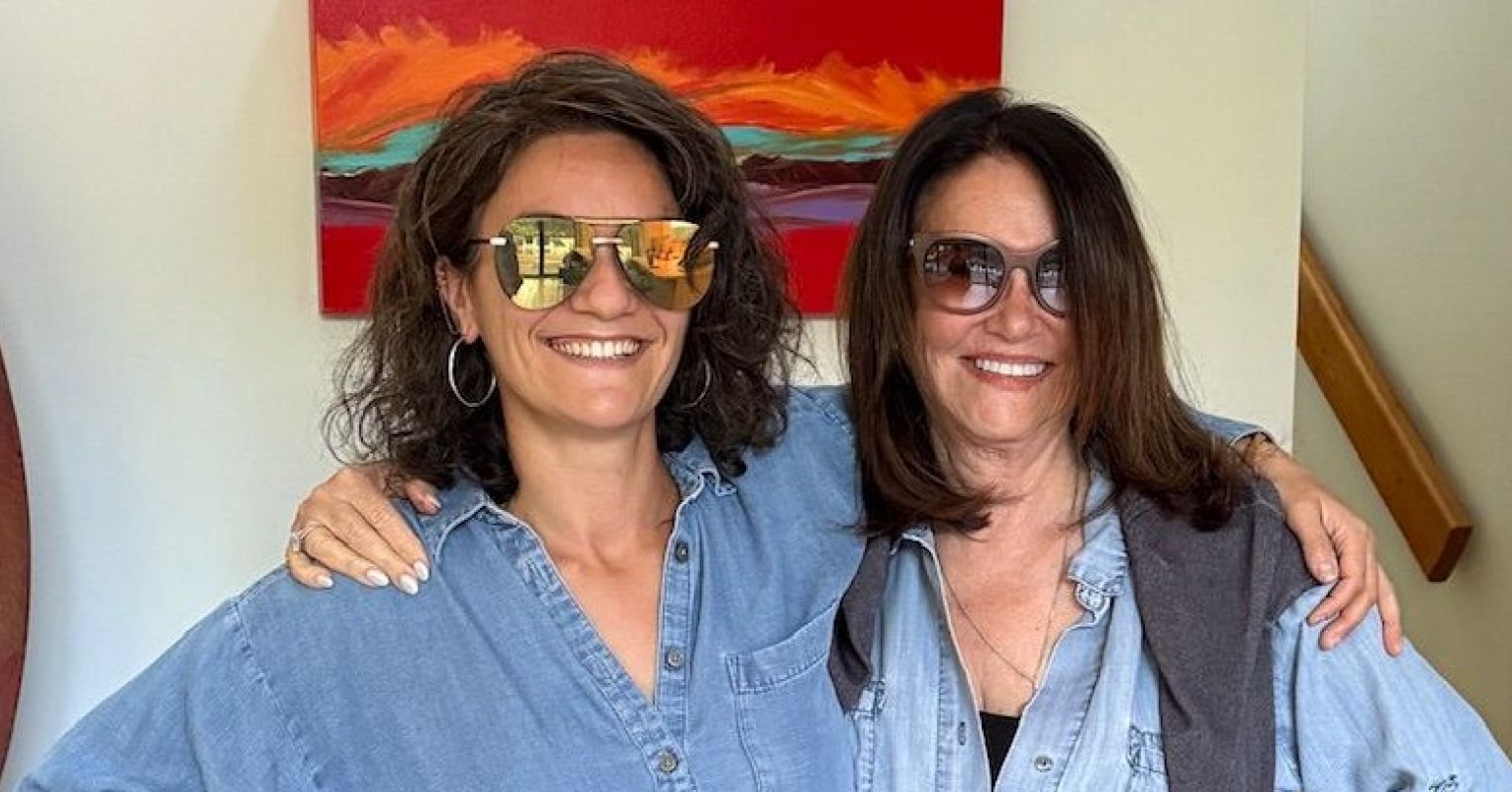It’s been more than three years since the Lancet Commission proposed the new term “profound autism” to describe the subset of the autism spectrum most disabled by the disorder. This label has been widely embraced by a range of stakeholders, including researchers, clinicians, policy makers, autistic people, and parents. A quick search for “profound autism” on Google Scholar reveals almost five hundred articles published since 2021 – a notable corrective to the well-documented exclusion of this population from research since the 1990s.
But what, exactly, is “profound autism”? The Lancet Commission suggested this term apply to autistic people who “require[e] 24hr access to an adult who can care for them if concerns arise, [are] unable to be left completely alone in a residence, and [cannot] take care of basic daily adaptive needs. In most cases, these needs will be associated with a substantial intellectual disability (eg, an intelligence quotient below 50), very limited language (eg, limited ability to communicate to a stranger using comprehensible sentences), or both.” Because of the uncertain developmental trajectory of young children, the Commission cautioned against attaching profound autism to children younger than eight.
While most researchers – long frustrated by the blanket “autism spectrum disorder” diagnosis and its inclusion of everyone from Harvard graduates to adults with severe cognitive, communication, and behavioral challenges – celebrated the opportunity to focus on those in most desperate need, they also wanted to use existing data sets that classified subjects a little differently. Alison Singer, president of the Autism Science Foundation, explained these slight modifications: some studies included children younger than eight, or autistic people with IQs below 70 instead of 50. Others added self-injury and/or aggression to their criteria – behaviors the Lancet Commission had noted were “associated” with profound autism, even as they specified that the label was “not defined by these factors.” Although there was much overlap in these definitions, the differences meant that the results could not be compared or generalized. The need for a consensus definition of profound autism became increasingly obvious.
Delphi Process Used to Achieve Consensus Definition
Credibility demanded a wide range of input, as well as opportunities for feedback, negotiation, and compromise. Ultimately, the Autism Science Foundation partnered with the Profound Autism Alliance to fund a Delphi process – a formal decision-making method that has been used to reach expert agreement across a range of disciplines, including education, healthcare, and business. Almost 140 researchers, clinicians, parents, and autistic people from around the globe were invited to participate (full disclosure, I was one of them). It took almost a year, but last week the consensus definition was announced in Seattle at the annual meeting of the International Society for Autism Research INSAR), the largest conference on autism research in the world. Someone with profound autism:
- Meets the diagnostic criteria for autism.
- Is at least 8 years old, acknowledging that some characteristics consistent with profound autism are evident earlier.
- Requires adult supervision, exceeding age-appropriate levels, to ensure physical and Mental health, safety, and well-being (due to risks such as elopement, injury, or lack of environmental awareness).
- Demonstrates adaptive functioning skills significantly below age level, with an inability to independently perform most activities of daily living (e.g., bathing, food preparation, dressing).
-
a. Has severely impaired cognitive abilities, reflected by IQ under 50, AND/OR
b. Generally, does not verbally communicate other than single words or fixed phrases, and communicates predominantly only to have their basic needs met.
- These characteristics are neither intermittent nor transient and persist across different environmental settings and situations.
Autism Subtypes Here to Stay
Reception of the definition at INSAR was overwhelmingly positive, according to Singer: “This year, many of the panels were focused on biological, clinical, and genetic findings that demonstrate clear subtypes of autism. Profound autism fits very well within that framework.”
Matthew Siegel, Chief of Clinical Enterprise at Boston Children’s Hospital’s Department of Psychiatry and Behavioral Science and a member of the Delphi process steering committee, agreed. “It’s clear we have groups of people who have very different needs, benefit from very different interventions, and experience very different outcomes, and we need as much clarity as possible in identifying who is in these different groups,” he told me.
Singer and Siegel also agree about the developments they anticipate resulting from the new consensus definition. “One thing this process really exposed was the need for better assessments that can accurately measure IQ and adaptive functioning in people who have the most challenges,” Siegel said. Singer expects these targeted tools to have multiple uses, such as more accurately measuring the efficacy of interventions or contributing to a diagnostic test for profound autism.
But first, profound autism would have to be recognized as an official diagnosis in the American Psychiatric Association’s Diagnostic and Statistical Manual and/or the World Health Organization’s International Classification of Diseases. Siegel expressed hope that these organizations would “follow the scientific process” when revising the autism diagnosis, “rather than proceed in the backwards fashion, which is to decide what is politically acceptable and make it fit. That’s not the way to advance things.”
Because that’s exactly the point: advancing interventions, outcomes, and policies for a very impaired population that, according to the CDC, represents almost 27% of autistic children. “Our goal has always been helping people reach their greatest potential,” Siegel said. “From that perspective, I don’t think the concept of the broad autism spectrum has served us well. It’s time to move forward.”













